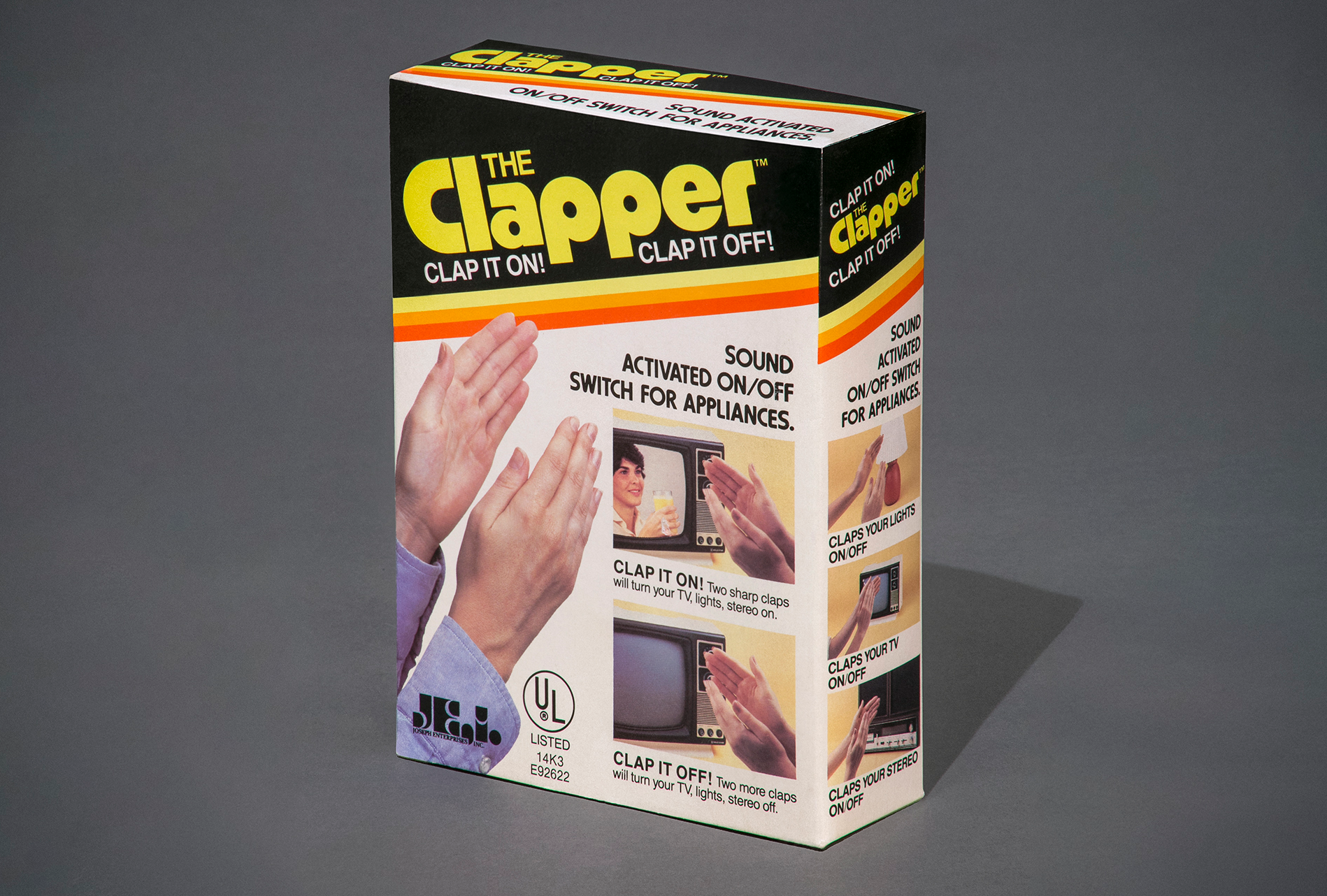 In the landscape of 1980s television, one of the most memorable and enduring cultural phenomena was the rise of charismatic, bold, and sometimes eccentric personal injury lawyers who took the airwaves by storm. Among these figures, Jim “The Hammer” Shapiro carved out a particularly distinctive niche with his aggressive marketing style and unforgettable commercials. His TV ads weren’t just another run-of-the-mill legal commercials; they were a phenomenon that captured attention, entertained viewers, and ultimately changed the way lawyers advertised themselves forever. The story of Jim “The Hammer” Shapiro’s 1980s commercials is a vivid reflection of the decade’s media culture, legal advertising revolution, and the birth of lawyer-celebrities.
In the landscape of 1980s television, one of the most memorable and enduring cultural phenomena was the rise of charismatic, bold, and sometimes eccentric personal injury lawyers who took the airwaves by storm. Among these figures, Jim “The Hammer” Shapiro carved out a particularly distinctive niche with his aggressive marketing style and unforgettable commercials. His TV ads weren’t just another run-of-the-mill legal commercials; they were a phenomenon that captured attention, entertained viewers, and ultimately changed the way lawyers advertised themselves forever. The story of Jim “The Hammer” Shapiro’s 1980s commercials is a vivid reflection of the decade’s media culture, legal advertising revolution, and the birth of lawyer-celebrities.
The 1980s were a time when the legal profession was beginning to embrace television advertising as a powerful tool to reach potential clients directly. Before this era, lawyers rarely used TV commercials, largely because ethical rules and professional norms discouraged overt self-promotion. However, changes in the legal advertising landscape coupled with deregulation allowed lawyers to take to TV screens, and they wasted no time in crafting ads that were loud, direct, and impossible to ignore. Into this emerging scene stepped Jim Shapiro, a personal injury lawyer from New York City who branded himself as “The Hammer,” a nickname that implied toughness, relentlessness, and a no-nonsense approach to fighting for his clients.
Jim Shapiro’s commercials were instantly recognizable, and their style was as bold as the nickname suggested. The ads usually featured Shapiro himself, dressed sharply and speaking directly to the camera in a confident, authoritative tone. The message was simple but powerful: if you had been injured in an accident, Jim “The Hammer” Shapiro would fight aggressively for your rights and ensure you got the compensation you deserved. The commercials often included catchphrases like “Call Jim ‘The Hammer’ Shapiro,” or “Don’t let the insurance companies push you around,” tapping into a growing public awareness of legal rights and consumer advocacy.
One of the most distinctive features of Shapiro’s commercials was their combination of urgency and reassurance. They conveyed the seriousness of personal injury cases, emphasizing that victims often faced powerful insurance companies or negligent corporations. Yet at the same time, the ads reassured viewers that with Jim “The Hammer” Shapiro on their side, they had a champion who would stand up to these forces. This messaging struck a chord with many people, especially in urban environments where accidents were a daily reality and navigating the legal system felt intimidating.
The production quality of the commercials was relatively straightforward, reflecting the marketing norms of the era. The visuals were simple—often Shapiro speaking directly into the camera, sometimes intercut with images of courtroom settings or accident scenes. The focus was on Shapiro’s presence and voice, which were commanding and memorable. The repetition of his nickname and phone number helped cement his brand in viewers’ minds. In a time before the internet and social media, these commercials aired frequently on local TV stations, often during late-night or weekend time slots, becoming a staple of the viewing experience.
Jim “The Hammer” Shapiro’s commercials also contributed to a broader cultural shift where lawyers became somewhat of media personalities. They were no longer confined to courtrooms or law offices but stepped into the public eye with confident, sometimes brash personas that resonated with everyday people. This visibility brought a new kind of fame to lawyers, one that blurred the lines between professional advocacy and entertainment. Shapiro’s nickname itself, “The Hammer,” was designed to be catchy and evocative, reinforcing the idea of a tough, relentless fighter. This personal branding was revolutionary at the time and has since become a blueprint for countless legal marketers.
The impact of these commercials went beyond just attracting clients. They shaped public perceptions of lawyers and the legal process, helping demystify personal injury law for many people. The ads gave viewers a sense of empowerment, encouraging them to seek legal help rather than suffer in silence. They also fueled a growing market for personal injury law firms specializing in aggressive representation and contingency fee arrangements. Jim “The Hammer” Shapiro became a symbol of this new era, where legal help was accessible and combative enough to stand up to corporate interests.
Moreover, the commercials captured the spirit of the 1980s—a decade known for its boldness, larger-than-life personalities, and aggressive marketing strategies across industries. Shapiro’s TV spots fit perfectly into this environment, combining directness, confidence, and a bit of theatrical flair. They were designed not just to inform but to entertain and leave a lasting impression. In many ways, they reflected the competitive, fast-paced culture of the time, where standing out on TV was essential to business success.
Despite the aggressive style, there was a genuine sense that Shapiro’s commercials appealed to people who needed help navigating a complicated legal system. The ads communicated empathy for accident victims and positioned Shapiro as an advocate who understood their struggles. This balance between toughness and compassion was key to the effectiveness of his marketing approach.
The legacy of Jim “The Hammer” Shapiro’s 1980s commercials can still be felt today. The style of personal injury lawyer ads that dominate local television markets—full of catchy nicknames, direct appeals, and frequent repetition—can trace their roots back to pioneers like Shapiro. His ads helped normalize the idea of lawyer advertising on TV and contributed to the explosion of personal injury legal marketing that followed in the 1990s and beyond.
While Jim “The Hammer” Shapiro is just one example, his commercials epitomize a transformative moment in both legal advertising and popular culture. They demonstrated that lawyers could harness media to reach clients effectively and build memorable brands. The phrase “Call Jim ‘The Hammer’ Shapiro” became a cultural touchstone for many viewers, a phrase that evokes not just a lawyer but a larger-than-life figure willing to fight for justice with unmatched vigor.
In conclusion, the 1980s TV commercials for Jim “The Hammer” Shapiro were more than just ads; they were cultural events that marked a new era in legal marketing and media presence. Combining bold personality, direct messaging, and a sense of empathy, Shapiro’s commercials changed how lawyers communicated with the public and opened the door for an entirely new way of connecting legal services with everyday people. The commercials remain a nostalgic reminder of a time when a lawyer’s TV spot could captivate an audience and when “The Hammer” was the name on everyone’s lips when it came to personal injury law.


